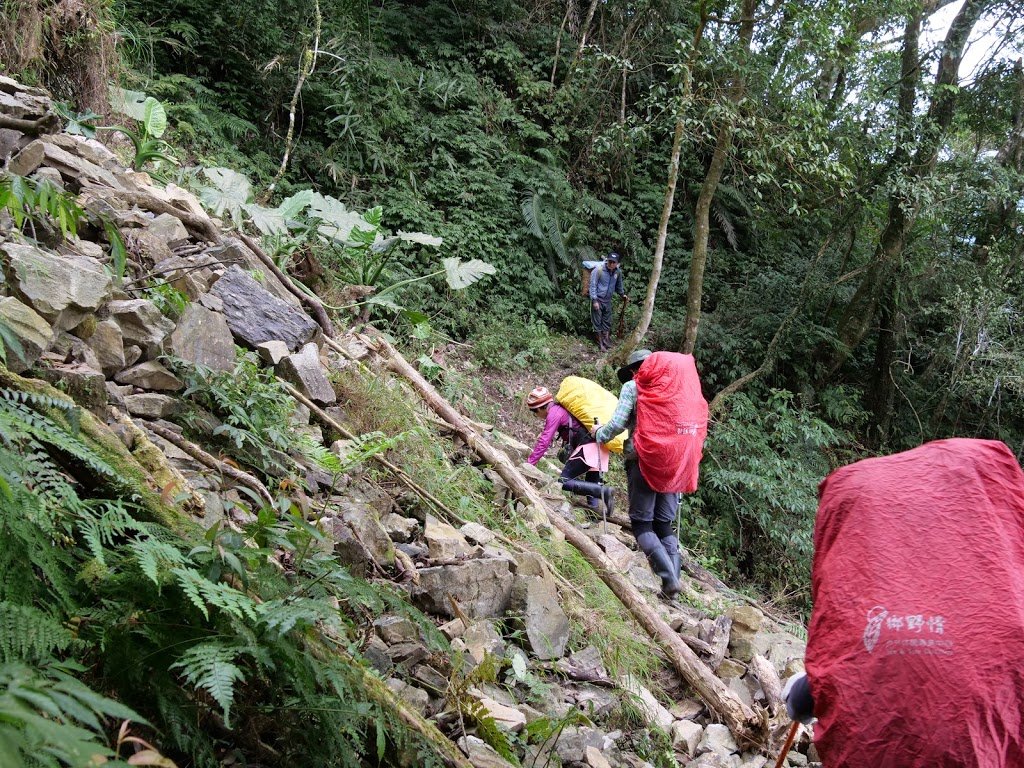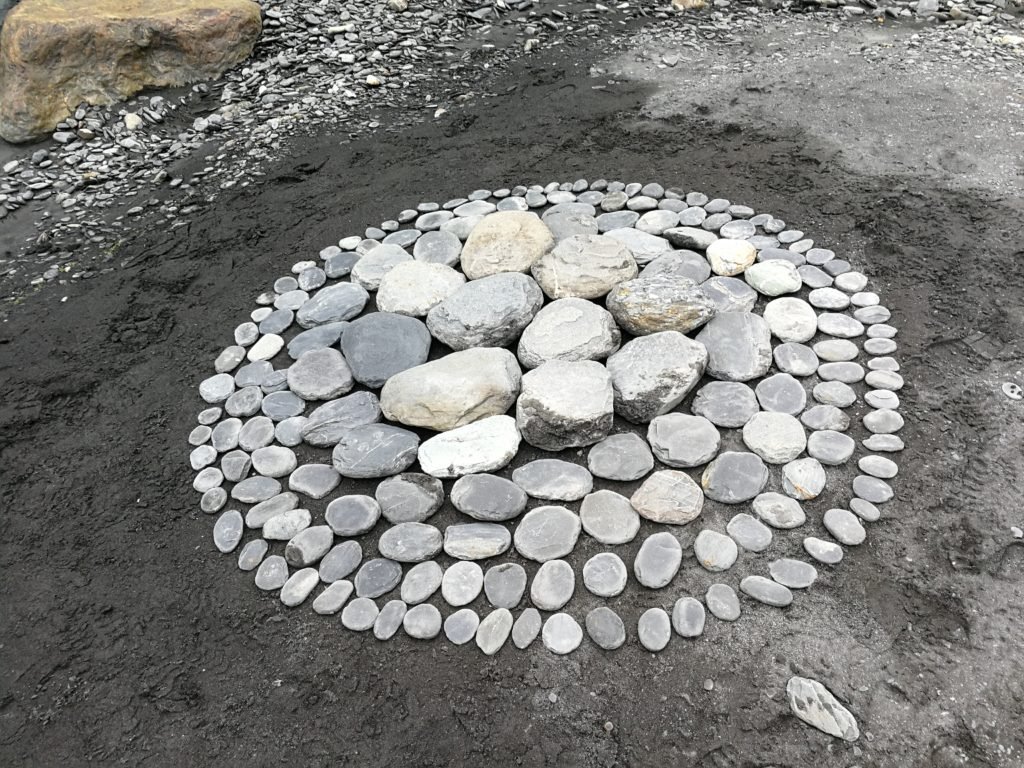Mangere Mountain, L. Homer / GNS Science Volcanic cones, explosion craters and lava flows form much of Auckland’s natural topography. All of these, apart from one (Rangitoto Island) are from vents that erupted once only (monogenetic), with eruptions lasting a few weeks or months and then ceasing completely. There are many accessible and beautiful locations that can be visited to uncover the geological history of the area. Auckland volcanoes, GNS Science Although there are about 50 volcanoes within a 20km radius of the city, there is a similar eruption process that generated them, with three main possible styles of eruption. Knowing the difference between these eruption styles allows you to interpret the different features and rock types of each of the volcanoes that you might wish to explore. The magma that erupts in the Auckland Volcanic Field (AVF) is generated in a ‘hotspot’ about 80 to 100 kilometres below the surface. It is a very fluid type of basalt that is known to rise quickly to the surface (at up to 5km / hour) from the magma source. Tuff outcrop at North Head, J..Thomson / GNS Science Once at the surface, the style of eruption depends largely on the amount of groundwater or sea water present. If there is a lot of water near the vent, its interaction with the hot magma (1000 plus deg C) causes it to instantly vaporise. This, along with the expansion of gases within the lava itself, creates extremely violent eruptions that fragment the lava into small particles and blasts them upwards and sideways from a wide, flat explosion crater. This becomes surrounded by a ring of ash. Such deposits are known as tuff (pronounced ‘toof’ as in ‘woof’). You can see outcrops of this in Auckland, for example around the shoreline at North Head. Each individual layer represents an explosion from the vent. Surtsey eruption, courtesy NOAA This type of eruption is known as a phreatomagmatic or wet eruption, and a classic example occurred off the coast of Iceland from 1963-67 when the island of Surtsey was born. Mount Eden Crater, J.Thomson / GNS Science Scoria outcrop, Mount Wellington, J.Thomson / GNS If the magma reaches the surface where there is little interaction with water there is a different type of eruption. This includes eruptions in areas of dry land, as well as those that start off as wet eruptions, but where the water supply near the vent gets used up before the supply of erupting magma runs out. The magma then erupts in a fountain of lava, driven up by gases within it that are expanding as the pressure is reduced.The lava fountains might be several hundreds of metres high, with blobs of lava partially solidifying in mid-flight, and landing as scoria in a ring around the vent. This is a bit like the froth coming out of a soda bottle once the lid has been removed. The scoria pieces and lava bombs are relatively sticky and can build the steep sided cones that are very recognisable in the Auckland landscape. The reddish colour comes from the oxidation of iron in the magma as it cools during its flight through the air. Lava bomb approx 1/2 m in length, Mangere Mountain If you look at the rock that makes up these cones, you will see that it is made of bombs and fragments that may be partially glued together or more or less loose and rubbly. Takapuna lava flow, J.Thomson / GNS Science If one of these eruptions gets to the stage where the gas has mostly been expelled, then there is less energy available and the fire-fountaining stage ends. Should the eruption continue (which is not always the case) then the third eruption style starts to dominate. Lava pours out of the vent and pushes through the sides of the scoria cone to spread out around the volcano. Because it is such a fluid type of lava, a variety of flow structures are preserved when it finally solidifies. Lava tree mould with bark impression, J.Thomson / GNS A great example of such a lava flow can be found along Takapuna Beach. About 200,000 years ago lava poured out of the nearby Pupuki crater and flowed through a forest. The tree trunks and branches were surrounded by the lava which cooled around them. The trees then burnt, leaving tree shaped holes within the lava. Takapuna Fossil Forest and Rangitoto, J.Thomson / GNS For more information about where to go in Auckland to see some of these geological localities, have a look at our new online map of geological locations atwww.geotrips.org.nz Could a volcanic eruption occur in Auckland in the future? What are the probabilities in the short to medium term and what would the impacts be? The short answer to the first question is ‘Yes, definitely!’ There is no reason to think that eruptions won’t occur again. In order to answer the last two questions (‘When?’ and ‘What?’) it is important to get as clear a picture as possible of the history of past events, their timing, duration and magnitude, and their geographic relationship to the housing and infrastructure in the wider Auckland area. Auckland Museum Volcanic Eruption Auckland City and Mount Victoria, J.Thomson / GNS These questions are the focus of a long term scientific programme called DEVORA (Determining Volcanic Risk in Auckland). DEVORA is led by GNS Science and the University of Auckland, and is core-funded by the EQC and Auckland Council. The first part of this programme has been to further our knowledge of the eruption history of the Auckland Volcanic Field volcanoes. What this work has shown is that there is no simple pattern that we can project to help easily forecast the likelihood of eruptions in the future. The timeline of eruptions shows them to be clustered, with large gaps between phases of relatively high activity. Graham Leonard, photo by Brad Scott / GNS Graham Leonard of GNS Science is a co-leader of the project. He comments










